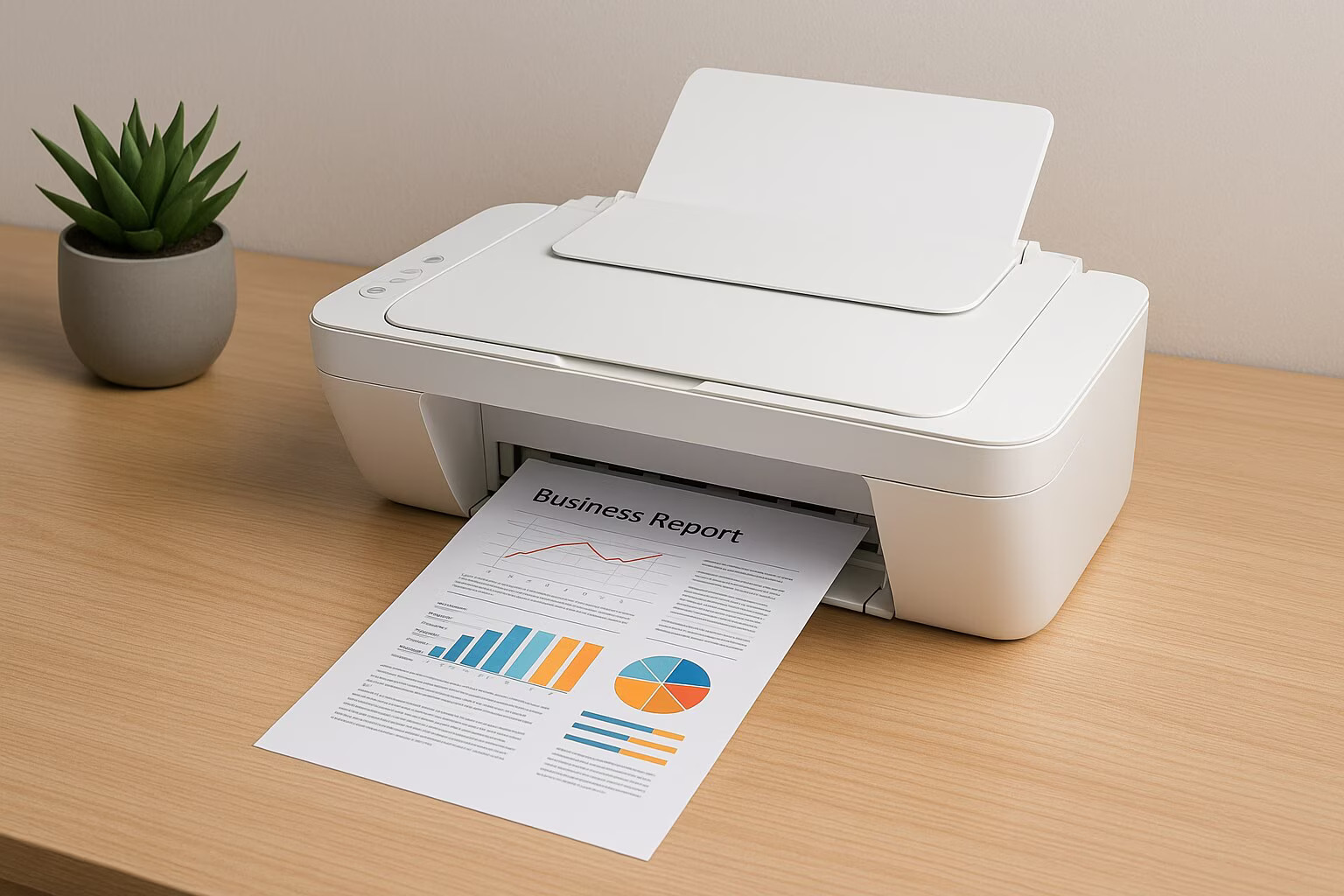
Keyboards are more than just tools for typing, they can also help you work faster and smarter. Most of us rely heavily on the mouse for everyday tasks, many of those same actions can be done much quicker with a simple keyboard shortcut.
Whether you’re working in an office, studying, or just browsing the internet, learning a few key shortcuts can save you time and effort. In this blog, we’ll explore the most useful keyboard shortcuts that every computer user should know.
Why Use Keyboard Shortcuts?
You might be wondering, why bother with shortcuts when the mouse works just fine? The answer is simple: speed and efficiency. Shortcuts allow you to perform tasks in seconds that would otherwise take several clicks.
For example, instead of right-clicking to copy text, then finding the paste option in a menu, you can just press a couple of keys. Over time, these seconds add up to hours saved, making your workflow smoother and less tiring.
Keyboard Shortcuts Everyone Should Master
These are the basics that work across most programs, Windows, macOS, browsers, and even many mobile apps with keyboards.
- Copy (Ctrl + C / Command + C): Quickly copies highlighted text or files.
- Paste (Ctrl + V / Command + V): Inserts the copied content exactly where you want it.
- Cut (Ctrl + X / Command + X): Removes selected text or files and stores them for pasting.
- Undo (Ctrl + Z / Command + Z): Instantly reverses your last action, a lifesaver when you make a mistake.
- Redo (Ctrl + Y / Command + Shift + Z): Restores the action you just undid.
Keyboard Shortcuts for Text and Document Editing
If you write essays, reports, or even emails, these shortcuts are must-haves:
- Select All (Ctrl + A / Command + A): Highlights everything in the current document or window.
- Bold (Ctrl + B / Command + B): Makes selected text bold.
- Italic (Ctrl + I / Command + I): Italicises selected text.
- Underline (Ctrl + U / Command + U): Underlines text quickly.
- Find (Ctrl + F / Command + F): Opens a search bar to locate specific words or phrases.
- Replace (Ctrl + H / Command + Option + F): Lets you swap one word or phrase for another throughout a document.
Keyboard Shortcuts for Managing Windows and Tabs
If you often juggle between multiple windows or browser tabs, these will make your life much easier:
- Switch Between Windows (Alt + Tab / Command + Tab): Quickly jump between open applications.
- Open a New Tab (Ctrl + T / Command + T): Instantly opens a fresh browser tab.
- Close Current Tab (Ctrl + W / Command + W): Shuts the current tab without using the mouse.
- Reopen Last Closed Tab (Ctrl + Shift + T / Command + Shift + T): Brings back the tab you just closed, perfect for those accidental clicks.
- Refresh Page (F5 / Command + R): Reloads a web page in seconds.
Keyboard Shortcuts for File and System Management
Shortcuts aren’t only for typing, they can help you manage files and your computer system, too.
- Save (Ctrl + S / Command + S): Always save your work frequently with this quick shortcut.
- Print (Ctrl + P / Command + P): Opens the print menu instantly.
- Open File Explorer (Windows + E): Brings up the file manager in Windows.
- Lock Screen (Windows + L / Control + Command + Q): Quickly locks your computer when stepping away.
- Take a Screenshot (Windows + Shift + S / Command + Shift + 4): Captures part of your screen without extra software.
Special Shortcuts for Power Users
Once you’re comfortable with the basics, here are a few extra shortcuts that can make you feel like a pro:
- Virtual Desktops (Windows + Ctrl + D / Control + Up Arrow on Mac): Creates a new desktop to organise tasks.
- Task Manager (Ctrl + Shift + Esc): Opens Task Manager in Windows for quick troubleshooting.
- Spotlight Search (Command + Space): For Mac users, opens a powerful search
- Minimise All Windows (Windows + M): Clears your screen for a clutter-free view.
Tips for Remembering Keyboard Shortcuts
At first, the number of shortcuts may feel overwhelming. The trick is to start small:
- Focus on the basics first (copy, paste, and undo).
- Add shortcuts gradually, as you get comfortable.
- Use sticky notes or a small reference card near your desk until they become second nature.
- Practise daily, as, the more you use them, the faster you’ll remember.
Final Thoughts
Keyboard shortcuts may seem small, but they can make a huge difference in your daily routine. From saving time to reducing strain on your hands, these quick combinations give you more control over your computer.
If you’re new to shortcuts, begin with the essentials like copy, paste, and undo. Once those become second nature, you’ll find it much easier to explore and use more advanced ones.
In the end, learning shortcuts isn’t about memorising dozens of commands at once, it’s about building habits that make your work smoother, faster, and more enjoyable. With just a little practice, you’ll wonder how you ever managed without them.





